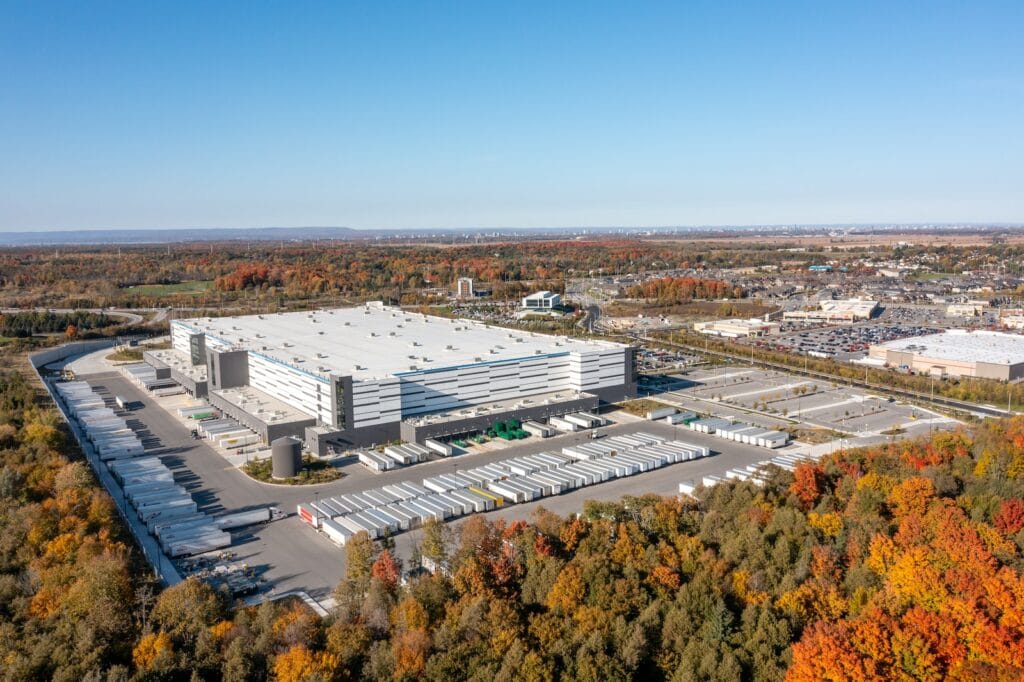The Future of E-commerce: Beyond Amazon and PayPal

E-commerce has come a long way since its inception, and it continues to evolve at an unprecedented pace. While giants like Amazon and PayPal have dominated the e-commerce landscape for years, the future of online shopping is about to be reshaped by emerging trends and platforms. In this article, we will explore these evolving dynamics and explore how businesses can adapt and thrive in this ever-evolving digital marketplace.
The Current State of E-commerce
Before diving into the future, let’s take a moment to understand where e-commerce stands today. As of 2021, global e-commerce sales accounted for approximately 18.1% of total retail sales, and this number is expected to continue its upward trajectory. Amazon, with its vast product selection and unmatched logistics network, remains the e-commerce leader, holding a substantial market share. Meanwhile, PayPal, as a trusted online payment platform, has played a pivotal role in enabling secure transactions in the digital space.
Emerging Trends in E-commerce
- Omnichannel Shopping Experience: The future of e-commerce lies in creating seamless shopping experiences across various platforms, both online and offline. Customers expect to switch between websites, mobile apps, and physical stores effortlessly. Businesses are investing in technologies like augmented reality (AR) and virtual reality (VR) to provide immersive experiences that bridge the gap between online and in-store shopping.
- Sustainability and Ethical Shopping: Consumers are increasingly conscious of the environmental and social impact of their purchases. Sustainable and ethical e-commerce practices are gaining traction. Businesses that prioritize eco-friendly packaging, fair labor practices, and transparent sourcing are resonating with socially responsible shoppers.
- Voice Commerce: Voice assistants like Amazon’s Alexa and Google Assistant are changing the way people shop online. Voice commerce, driven by natural language processing and AI, enables users to make purchases using voice commands. This trend is set to grow as the technology becomes more sophisticated.
- Social Commerce: Social media platforms like Instagram and Facebook are integrating shopping features directly into their platforms. Users can discover, browse, and purchase products without leaving their favorite social apps. This trend has immense potential to disrupt traditional e-commerce channels.
- Personalization and AI: Artificial intelligence is being used to analyze customer data and deliver highly personalized shopping experiences. AI-powered chatbots assist customers, recommend products, and even predict future buying patterns, enhancing the overall shopping journey.
- Blockchain and Cryptocurrency: The rise of blockchain technology and cryptocurrencies has opened up new possibilities for e-commerce. Blockchain can improve supply chain transparency, while some businesses are now accepting cryptocurrencies as a form of payment.

Emerging E-commerce Platforms
In addition to Amazon and PayPal, several emerging e-commerce platforms are making waves:
- Shopify: Shopify has become a go-to platform for businesses of all sizes looking to set up online stores. It offers a range of customizable templates and powerful e-commerce tools.
- Alibaba: Often referred to as the “Amazon of China,” Alibaba is expanding its global presence and providing a platform for businesses to tap into the vast Chinese market.
- BigCommerce: This platform focuses on scalability, making it ideal for growing businesses. It offers a wide range of e-commerce features and integration options.
- WooCommerce: A plugin for WordPress, WooCommerce allows businesses to turn their WordPress websites into e-commerce stores. It’s particularly popular among small and medium-sized enterprises.
- Square: Square’s e-commerce tools, including its payment processing system, are becoming increasingly popular for businesses that also have physical locations.
Adapting and Thriving in the Future
To succeed in the evolving e-commerce landscape, businesses must:
- Prioritize Customer Experience: Invest in creating a seamless and personalized shopping journey that caters to customer preferences.
- Stay Agile: Adapt quickly to emerging technologies and consumer trends to remain competitive.
- Embrace Sustainability: Consider sustainable practices and ethical sourcing, as eco-conscious consumers increasingly influence purchasing decisions.
- Utilize Data: Leverage data analytics and AI to understand customer behavior and make data-driven decisions.
- Explore New Platforms: Don’t limit your e-commerce strategy to just Amazon and PayPal. Explore emerging platforms that align with your target audience.
The future of e-commerce is exciting and filled with opportunities for businesses willing to adapt and innovate. While Amazon and PayPal remain formidable players, the landscape is shifting towards more diverse, personalized, and sustainable shopping experiences. Embracing emerging trends and platforms while focusing on customer-centric strategies will be key to thriving in this ever-evolving digital marketplace. Businesses that can effectively navigate these changes will be well-positioned to succeed in the e-commerce landscape of tomorrow.





